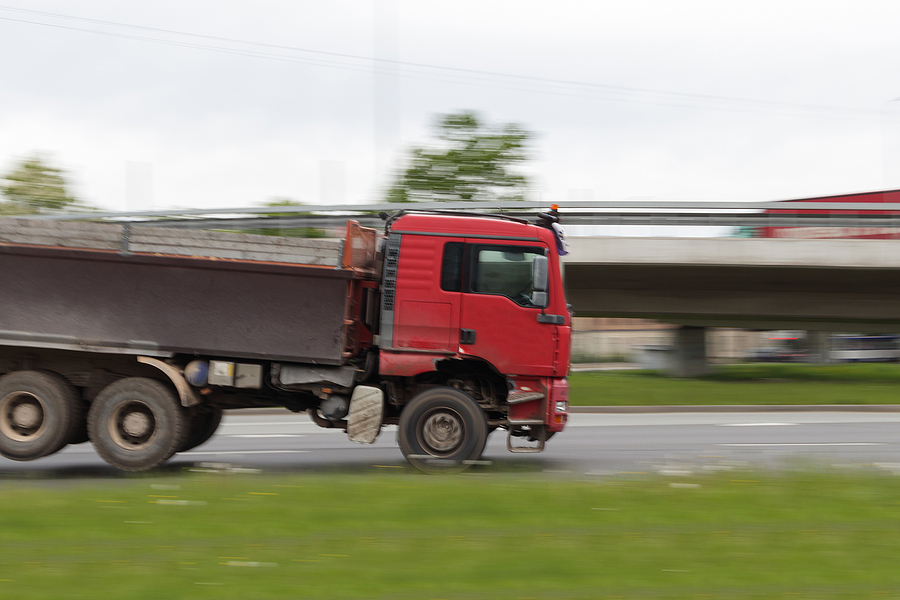Truck safety on our roads is critical, affecting not only the well-being of individuals but also the economic health of our communities. With the rapid advancement of technology, there has been a notable surge in innovations designed to prevent truck accidents. Talented engineers and other professionals designed this impressive technology to reduce the alarming statistics associated with truck-related accidents.
However, as incredible as these safety features are, people still die or suffer severe injuries in truck accidents. If this has happened to you or someone you love, Sand Law attorneys are standing by to help. We’ll do everything possible to ensure fair compensation for medical bills, lost wages, pain and suffering, and other damages.
Please use our online form or call 651-291-7263 for a free case review.

The Need for Safety Innovations
Truck-related accidents continue to plague our roads, exacting a heavy toll on human lives and the economy. There were 5,700 fatal large truck accidents in 2021 – a nearly 50% increase from 2011. These accidents accounted for 9% of all fatal motor vehicle accidents in the U.S.
The numbers are just as bad in Minnesota. There were 4,120 crashes involving trucks in our state in 2021. They resulted in 72 tragic deaths and 1,248 severe injuries.
Beyond the human suffering, the economic consequences of truck accidents are staggering. Experts estimate the average accident costs a trucking company $150,000. When an accident leads to a fatality, the cost jumps to an astounding $7.2 million.
Victims suffering severe injuries face nearly unfathomable costs as well. A spinal cord injury resulting in paralysis, for example, can cost the victim nearly $1 million in the first year alone.
The need for safety innovations becomes undeniably urgent when we consider the enormity of these statistics.
Modern Safety Innovations for Trucks
Thankfully, trucking companies have implemented safety features to help reduce these troubling numbers. The following are just a few examples.
1. Automatic Emergency Braking (AEB) Systems
AEB systems are among the most advanced safety innovations. They operate seamlessly through an array of sensors that scan the road ahead. When these sensors detect an impending collision, the system takes swift action by autonomously applying the brakes. This technology is a formidable defense against one of the most prevalent types of truck accidents: rear-end collisions.
2. Lane Departure Warning Systems
Lane departure warning systems detect any unintentional deviation from the designated lane. The system sounds an alert when the driver begins to drift, whether due to drowsiness, distraction, or some other reason. This timely intervention significantly reduces the risk of sideswipes and veering into oncoming traffic.
3. Blind Spot Detection
Blind spot detection systems serve as an extra set of eyes for truck drivers. Equipped with sophisticated sensors, these systems continuously monitor the areas around a truck that remain invisible to the driver’s sight. The system promptly notifies the driver when a vehicle enters one of these blind spots.
4. Stability Control Systems
Rollovers and loss of control are two of the most common reasons truck accidents occur. Stability control technology automatically adjusts brake force and engine power in response to the truck’s movement and steering input. This adaptive approach significantly reduces the likelihood of potentially devastating accidents.
5. Telematics and Fleet Monitoring
These technological advances offer real-time insights into a truck’s performance, monitor driver behavior, and optimize routes. By pinpointing potential safety issues, they provide fleet managers with the information they need to make informed decisions.
6. Fatigue Monitoring Systems
Drowsy driving is a silent menace on our roads. When a truck driver operates a rig while fatigued, the results can be disastrous.
Fatigue monitoring systems employ cameras and sensors to keep a watchful eye on the driver’s face and eyes. When signs of fatigue emerge, such as drooping eyelids, the system alerts the driver to take breaks or rest.
7. Adaptive Cruise Control
The ever-changing flow of traffic poses a constant challenge for truck drivers. Adaptive cruise control steps in to address this concern. It adjusts a truck’s speed based on the surrounding traffic conditions, maintaining safe following distances. This adaptation also reduces the risk of rear-end collisions, offering a safer driving experience.
8. Connected Vehicle Technology
Vehicle-to-vehicle (V2V) and vehicle-to-infrastructure (V2I) technologies enhance situational awareness. They enable trucks to exchange critical information with other vehicles and infrastructure, fostering a network of communication that helps prevent accidents.
The Role of Training in Maximizing Safety Innovations
While these innovations hold tremendous promise, their effectiveness hinges on comprehensive training. Drivers must understand not only how these technologies work but also their limitations. Over-reliance on technology can lead to complacency, which poses its own set of risks. Proper training ensures that companies use these tools to augment, rather than replace, the invaluable human judgment of experienced drivers.
Benefits of Adopting Safety Innovations
Not only does safety technology save lives, it can also boost a trucking company’s bottom line. These are just some advantages companies can enjoy by employing safety features.
- Prevent truck accidents: The direct impact of safety innovations is reducing collision rates. Fewer accidents mean lives saved and a safer road network for everyone.
- Economic savings: Implementing safety innovations yields substantial economic benefits. Lower insurance premiums, reduced vehicle downtime, and diminished accident-related expenses translate into significant cost savings for trucking companies.
- Enhanced driver morale: Safety technologies can alleviate stress and fatigue, improving driver morale and job satisfaction. Happy and rested drivers are more focused and safer on the road.
- Positive public perception: Companies that prioritize safety through innovation gain the trust and respect of the public. A solid commitment to safety enhances a company’s reputation and fosters goodwill in the community.
Challenges and Considerations
While safety innovations offer a promising path to safer roads, they come with challenges. The initial cost of implementing advanced technologies can be substantial, requiring thoughtful budgeting and planning.
In addition, there is always the potential for technical glitches or malfunctions, necessitating ongoing maintenance and monitoring. Striking the right balance between human judgment and technology remains critical in pursuing safer trucking operations.
Trucking companies must commit to finding people with the skills needed to operate a large commercial truck. Unfortunately, a shortage of qualified drivers makes that challenging.
Getting into an Accident Regardless of On-Board Safety Features
It’s essential to recognize that even with the most advanced safety features, accidents can still occur due to human factors. Distracted driving, impairment, or reckless behavior can override the protective measures offered by these technologies. Advanced safety features are valuable tools to assist drivers, but they don’t absolve individuals of their responsibility to drive attentively and responsibly.
Contact Sand Law if You’re Injured in a Truck Accident Regardless of Modern Innovations
If you find yourself injured in a truck accident caused by another’s negligence, get in touch with Sand Law. We’ll work passionately to help you get every dollar you have coming. Schedule a free consultation by calling 651-291-7263 or contacting us online.

